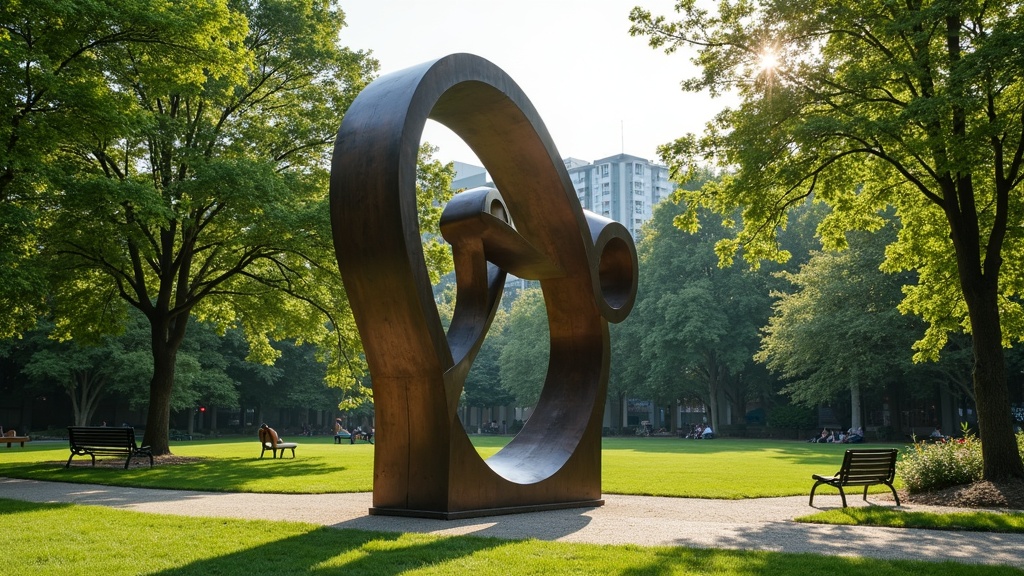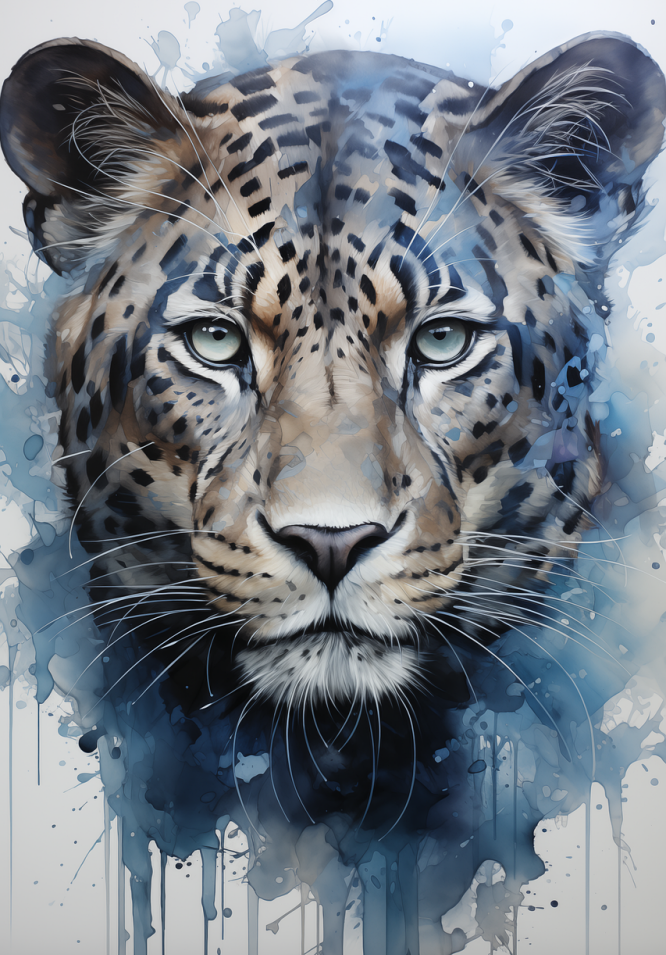Famous fine art movements have shaped how people think about and create art. When you look at today’s sculptures, echoes of these movements stand out. Sometimes, you’ll see it through unexpected materials, other times in abstract forms, or maybe just in an attitude that breaks away from tradition. Getting into these movements isn’t just about learning facts; it’s about understanding how the art world got to where it is and why sculptures in galleries and on city streets look the way they do.

The Roots: Classic Fine Art Movements That Shaped Sculpture
Sculpture has a longer and more layered story than most people realize. From early Renaissance masterpieces to the bold shapes of Cubism, every movement brought fresh ideas and creative energy to the scene.
The Renaissance introduced naturalism and perspective in sculpture. Artists like Michelangelo worked marble into lifelike bodies, setting sky-high standards for future generations. Moving forward, the Baroque movement amped up the drama with twisting poses and emotional intensity. If you ever spot a marble figure stretching out or frozen in mid-motion, you’re probably looking at a Baroque influence.
After that, Neoclassicism went back to the calm and balance of ancient Greece and Rome, which you’ll notice in sculptures with clean lines and ideal proportions. Then Romanticism switched things up, steering the focus toward storytelling, personal feelings, and sometimes even a touch of wildness. This influence lingers in how many artists use their work to spark emotions or spin a narrative, not just show accuracy.
Modern Breakthroughs: Movements That Turned Sculpture Upside Down
The late 1800s and early 1900s were filled with artists who broke the rules and tried new approaches. Sculptors like Rodin let tool marks and rough textures show on purpose, signaling the impressionistic trend. Instead of hiding traces of the artist’s hand, those marks in modern pieces are often celebrated as part of the story.
Cubism brought geometric shapes and the idea of seeing several viewpoints all at once. Picasso loved this style—he took everyday objects and put them back together in ways that made viewers look twice. Constructionism, born in Russia, focused more on industrial materials and the process of building, rather than just carving or modeling. That bold spirit lives on today in sculptures made from steel beams, recycled plastics, or found junk.
Dadaism and Surrealism also left their marks. Dada artists shocked people by turning everyday objects into art. Surrealists dreamed up impossible shapes and strange combinations, inviting artists to go wild with imagination. So those surprising, eye-catching pieces you spot downtown? Thank these early disruptors for paving the way.
Big Impact: How These Movements Shape Modern Sculpture
Contemporary sculpture is all about freedom. Artists mix materials, styles, and references without sticking to just one tradition. Minimalism is a big influence; you’ll see it in smooth, simple forms and how space is used. Donald Judd and Richard Serra, for example, focus on material, mass, and setting rather than showing people or animals.
Pop Art also brought daily life and pop culture into the fine art world. Just look at Jeff Koons’ shiny balloon dogs or Claes Oldenburg’s oversized food sculptures. Both artists poke fun at the seriousness of art and ask people to see the world in fun, unexpected ways.
Conceptual art added a new twist, letting the idea behind a sculpture matter as much—sometimes more—than what you see. Many public art installations today take this approach, sparking interaction and making statements on society, climate change, or even digital life.
Easy Guide: Recognizing Influences in Today’s Sculptures
It can be entertaining to “spot the influence” in modern sculptures. Here are some movements and terms you’ll find connected to contemporary works:
- Abstraction: Forms get reduced or exaggerated. These sculptures probably won’t look like anything you’d recognize, but they’ll grab your attention.
- Assemblage: Different materials get mixed together with no attempt to hide their origins—maybe scrap metal, wood, or found objects all in one piece.
- Sitespecific: A sculpture designed for a specific location, blending with its environment. Think of huge steel curves or pieces weaving through city gardens.
- Social commentary: Sculptures that get people thinking or talking about big issues—like identity, nature, tech, or more.
Smart Steps: Exploring Sculpture Movements in Practice
If you’re hoping to dig into fine art, visiting sculpture parks or modern museums is a solid first step. Research which movements inspired the artwork, or ask the guides for some backstory. Lots of artists share their process and influences online these days—many post on their websites or Instagram pages, letting you peek behind the curtain at how each piece comes to life. Even short audio tours and videos can add to your understanding.
When you’re traveling or exploring your own city, check out any public sculptures. Try to guess which movements or artists inspired them. Public installations may show anything from minimalist steel shapes to interactive constructions that invite you to walk through or even touch them. Some even change depending on the weather or time of day, revealing how much context matters in modern sculpture.
Common Challenges for New Fans of Fine Art Movements
Jumping into art history can be overwhelming, especially with all the isms and overlapping periods. Here are typical questions—and tips for handling them:
- Too many movements? Choose a few that catch your interest. Dig in, and soon you’ll start making connections between styles and artists.
- Materials seem random? Many sculptors pick surprising tools on purpose, either to shake up expectations or say something new.
- Not sure what it means? Sometimes, open meaning is the point. The best sculptures let you bring your own thoughts and feelings to the table—and that’s okay.
Materials and Techniques
What artists use to make sculptures changed a lot, especially after the influence of modern movements. Bronze, marble, and wood are still used because of their classy look. But a lot of new artists have tried out steel, fiberglass, plastic, or even old trash repurposed into something new. Techniques can range from carving and casting to welding, putting things together, or digital modeling. Many current artists like to show off their methods—leaving bolts and seams in view—which is something older sculptors rarely did.
Some artists put a spin on tradition by mixing old and new materials or even adding light, sound, or motion through technology. 3D printing, for example, lets creators make super detailed or experimental shapes that would be tough to do by hand. Interactive sculptures, which react when you touch or move around them, are also getting popular, blending the physical and digital worlds.
Where to See Influences in Real Life
Sculpture parks and city plazas all over the globe display art inspired by different movements. For example, Chicago’s Millennium Park features Anish Kapoor’s “Cloud Gate,” a smooth, reflective sculpture that invites everyone to see themselves and their surroundings in new ways, nodding to Minimalism and public participation. In Bilbao, Spain, you’ll find Richard Serra’s “The Matter of Time”—massive steel curves that lead visitors inside and around, showing how Minimalism and sitespecific design come together.
Smaller galleries often showcase fresh artists whose works blend influences from classic and recent movements. Keep an eye out for local art festivals, which sometimes include temporary sculptures set up just for the event. Online museums and digital gallery tours can also help you track down great examples when you can’t travel in person.
Frequently Asked Questions
Here are some things people often ask when getting into fine art movements and sculpture:
Question: Why do so many modern sculptures use weird or recycled materials?
Many artists use everyday or surprising materials to shake up tradition, make art more relatable, or comment on big issues like consumerism and the environment.
Question: How can I tell if a sculpture takes inspiration from a certain movement?
Look for clues: shape, materials, method. Abstract forms, bold colours, or visible construction can hint at influences from Cubism, Pop Art, or Minimalism.
Question: Is the idea behind a sculpture more important than how it looks?
Sometimes the message matters most—especially for conceptual or interactive works. Other times, the look or craftsmanship takes the spotlight. Often, it’s a blend of both, shaped by what the artist wants to do.
Takeaways: Fine Art Movements and the Future of Sculpture
Famous fine art movements are not museum pieces stuck in the past; they keep shaping what you see today. Maybe it’s an abstract steel sculpture in the park, a quirky recycled creation at your local gallery, or a digital installation in a tech museum—every work borrows from art history and the artist’s own ideas. Getting to know these movements can help you spot more in each piece and might even fire up some creative ideas of your own.
Curiosity pays off. Exploring the endless world of sculpture, whether online or in person, helps you track down new favourites and join an adventure that is always evolving.


